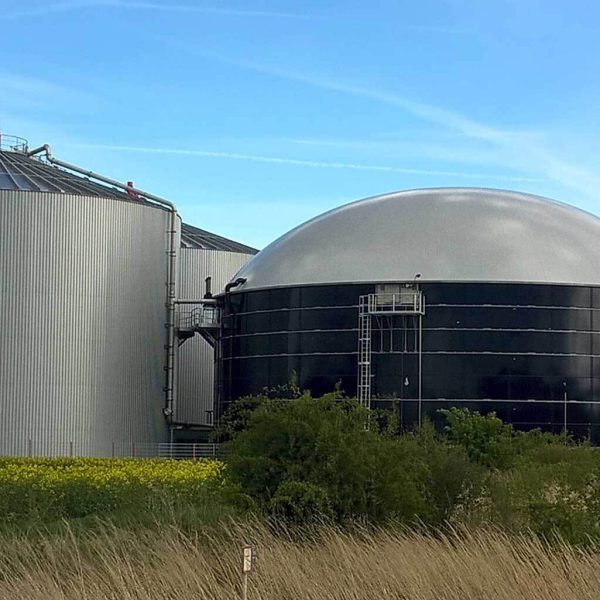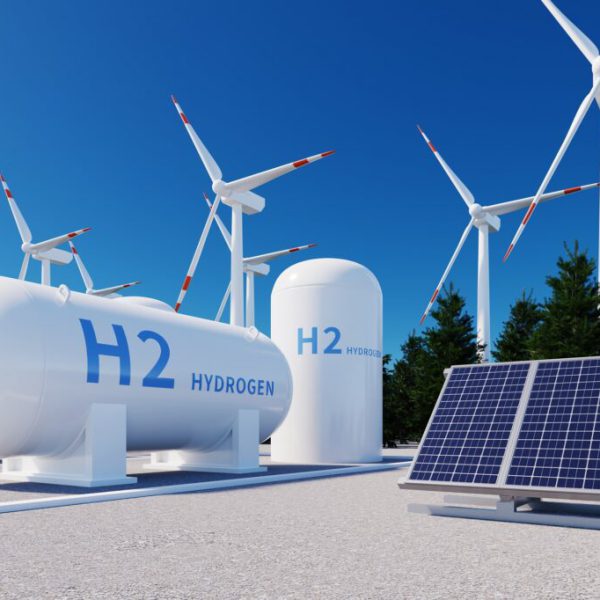Ethanol: Fueling Engines and Beyond
Description: Ethanol, also known as ethyl alcohol or grain alcohol, is a flammable, colorless liquid produced through the fermentation of sugars found in crops like corn, sugarcane, and wheat. It serves as a versatile product with two primary applications:
- Biofuel: Blended with gasoline or used as a standalone fuel in modified engines, ethanol offers a renewable and cleaner alternative with reduced greenhouse gas emissions compared to traditional gasoline.
- Industrial Solvent: Used in various applications like paints, varnishes, pharmaceuticals, and cosmetics, ethanol serves as a versatile solvent due to its non-toxicity and biodegradability.
Key Source Countries: Ethanol production is geographically diverse, with several leading players contributing to the global market:
- United States (42%): Leading producer due to vast corn resources and established biofuel policies.
- Brazil (35%): Primarily utilizes sugarcane feedstock and boasts competitive production costs.
- China (9%): Growing production primarily for domestic consumption and industrial uses.
- India (5%): Increasing production from sugarcane and molasses to meet rising demand.
- Thailand (4%): Significant producer relying on sugarcane and cassava feedstocks.
World Output Volumes: Global ethanol production reached approximately 300 billion liters in 2022, with predictions of moderate growth in coming years, influenced by policy, feedstock availability, and competition from other renewable fuels.
Major Producers and Market Share (Excluding US):
- European Union (3%): Production concentrated in France, Germany, and Spain, primarily from wheat and sugar beet.
- Argentina (3%): Significant producer utilizing sugarcane and facing challenges with market access and export competitiveness.
- Canada (2.5%): Corn-based production focused on domestic consumption and blending mandates.
- Indonesia (2%): Growing production from sugarcane and cassava, seeking diversification of feedstocks.
- Paraguay (2%): Significant producer using sugarcane and focusing on regional exports.
Forms of Trade: Ethanol trades in various forms:
- Physical Delivery: Transported via pipelines, barges, and tanker trucks to storage facilities, fuel terminals, and industrial users.
- Futures Contracts: Traded on international exchanges like the NYMEX and CBOT, allowing producers, refiners, and traders to manage price risks and hedge against volatility.
- Ethanol Blends: Pre-mixed with gasoline at various percentages (e.g., E10, E85) for direct use in compatible vehicles.
Price Trends (Past 5 Years): Ethanol prices have fluctuated considerably, influenced by feedstock costs, energy prices, government policies, and blending mandates:
- 2018: Prices averaged around $0.50/gallon due to oversupply and competition from traditional gasoline.
- 2019: Prices rose to $0.60/gallon due to trade disputes and tightening supply.
- 2020: Prices plummeted to $0.40/gallon due to the COVID-19 pandemic and reduced demand.
- 2021: Prices surged to $0.80/gallon due to a global energy crisis, rising feedstock costs, and supply chain disruptions.
- 2022: Prices remained high, averaging around $0.65/gallon, with fluctuations based on global events and regional dynamics.
Major Importing Countries:
- United States (35%): Extensive use for blending and standalone ethanol fuels due to domestic production and blending mandates.
- Brazil (20%): Significant imports for blending due to limited gasoline production and reliance on sugarcane ethanol.
- European Union (15%): Growing demand for biofuels to meet renewable energy targets and reduce reliance on oil imports.
- Japan (10%): Limited domestic production necessitates imports to meet blending mandates and environmental goals.
- China (8%): Rising demand for ethanol for fuel and industrial applications, with growing focus on domestic production.
Major Exporting Countries (Excluding US):
- Brazil (30%): Leading exporter with competitive production costs and surplus availability.
- Thailand (15%): Significant exporter seeking to diversify markets and expand production capacity.
- France (12%): Major European exporter utilizing wheat and sugar beet feedstocks.
- Paraguay (10%): Growing exporter focusing on regional markets and diversifying feedstock options.
- Argentina (8%): Significant exporter facing challenges with export competitiveness and trade barriers.
Other Important Aspects for International Traders and Buyers:
- Feedstock Sustainability: Growing focus on responsible sourcing and sustainability practices for feedstocks like corn and sugarcane, including reduced deforestation and improved





